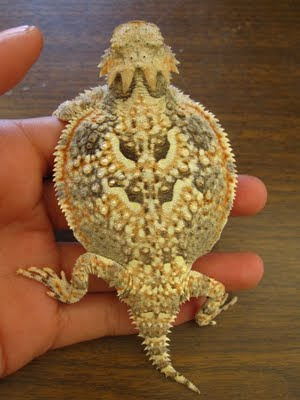We have been trying with great effort to catch sidewinders, but it is hard! We set up drift fence traps (see below) but those didn't work. We also have been scanning the landscape for the past week hoping to stumble across one or see their tracks in the sand. Still, not much luck. So far we only have caught 8 snakes, but only four were big enough to implant transmitters into. This means that, as of right now, we have a sample size of 4 individuals--not great. Hopefully, this summer's experience will teach us lessons for next year's work.
Drift fence trap--we made a "fence" using cloth and wooden stakes, and at each end we positioned a trap. The idea is that animals run along the fence until they reach the trap where they hopefully enter it without realizing that it is a trap. We have caught mostly lizards in the traps, but no sidewinders.
We also have been trapping desert kangaroo rats. We inserted metal tags into their ears and dye-marked their fur. Like with the squirrels, this will help us ID individuals. They are much more docile (and cute) than the ground squirrels.
Field assistant, Curt, holding a desert kangaroo rat that is about to be processed
Rulon measuring the rat
Its cute little face, much cuter than the squirrels
As of today, we are continuously monitoring the behaviors of our four 'winders. Using the wireless network security cameras, we hope to capture interactions between kangaroo rats and snakes. Such interactions have never been recorded. This makes this study system particularly interesting (in that we know very little about these predator-prey relationships).
Sidewinder we came across in ambush position
Can you spot the snake in this picture?
We tracked one snake, Butch Cassidy, to a burrow that he has clearly been hunting near. Can you see the disk-like impressions in the sand above the burrow where he has been sitting in ambush?
Video of a winder, winding




















































